The major medical publications make very scant mention of African contribution to medical sciences. This is not only in medicine but in the major disciplines that demonstrate human civilisation. These publications, the media and the education system all portray the Western world as the originators and the main proponents of medical sciences. Nothing could be far from the truth as this short journey into the unknown world of African medicine will show.
AFRICA - THE ORIGINS OF MEDICINE
The first king of Kemet, Ancient Egypt was Menes or Narmer (3200BC), who unified Upper and Lower Kemet. He had a son, Athothis, who also became king, ruled for 27 years, practised medicine, and wrote books on anatomy. Athotis is seen as one of the first physicians in history. He was also a versatile author.
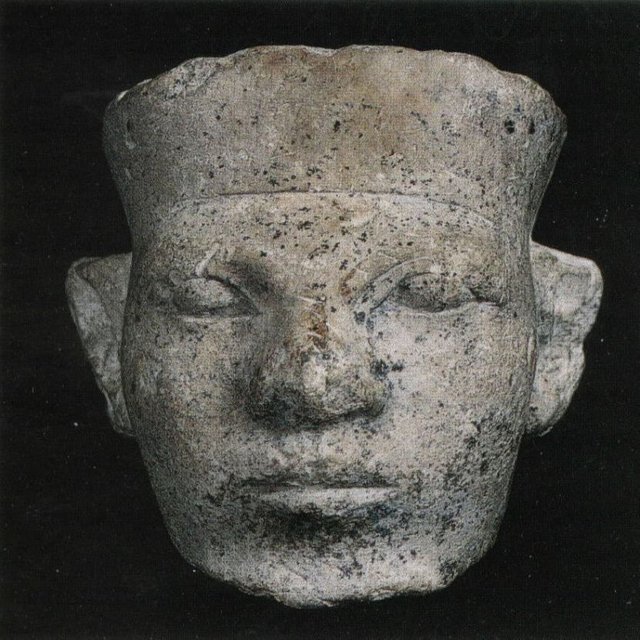
Pharaoh Menes (1st king of Kemet)
HESY-RE: THE FIRST DENTIST
P. Ghalioungui says that the first dentist in history was Hesy-Re (2600BC), a scholar, scribe and Chief of dentists and physicians to the Pyramid builders of the 3rd dynasty. An inscription on his tomb reads: “the greatest of those who dealt with teeth, and of physicians.” This is the earliest known reference to anyone labelled as a dental practitioner. Many years later, between 500 and 300 BC, Herodutus and Aristotle on visiting Africa wrote about dentistry including the eruption pattern of teeth, treating decaying teeth and gum diseases, extracting teeth with forceps, and using wires to stabilise loose teeth and fractured jaws. Maino reproduces a panel showing Hesy-Re seated with a palette, ink container and reed pen wearing distinctive “afro” hair.
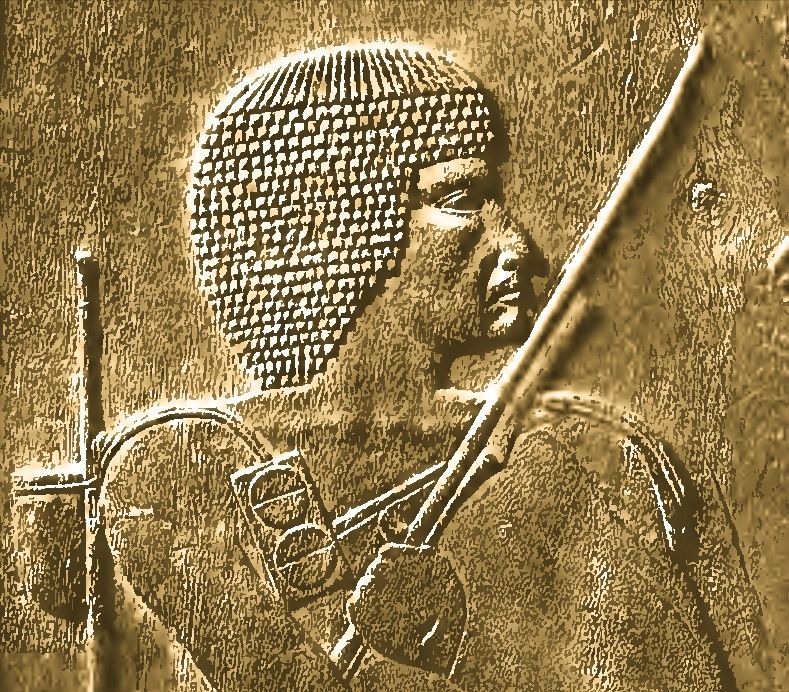
Hesy-Re - First recorded dentist in antiquity
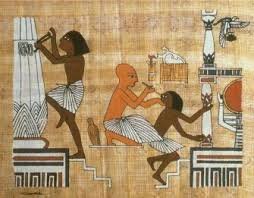
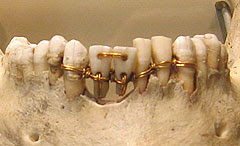
Kemetic dentistry
Early hieroglyphs show that the ancient Egyptians knew a lot about human and animal anatomy. Many of the signs which represent consonants, vowels, things, and concepts are well-reproduced animals and parts of anatomy. Sculpture and embalming were practised. Anatomical signs for which there were signs include: pupils of the eye, the cornea, the heart, the trachea, the lungs, vertebral column, long bones, the brain, the meninges, spinal cord, ribs, intestines, the spleen, male and female genitals, the uterus and kidney.
INFLUENCE ON GREECE
J. A. Wilson, J. B. Saunders, P. Ghalioungui, V. P. Luth and others have noted the strong influence of Egyptian medicine on the development of Greek and European medicine.
Herodutus remarked on Egyptian specialisation: “Medicine is practised among them on a plan of separation; each physician treats a single disorder and no more; thus, the country swarms with medical practitioners, some undertaking to cure diseases of the eye, others of the head, others again of the teeth, others of the intestines, and some those which are not local.”
The Greek, Herodutus (450 BC) writes that “they (the Egyptians) had a persuasion that every disease to which men are liable is occasioned by the substances whereon they fed.” Aelius Galenus or Claudius Galenus of Pergamon, a prominent Greek physician and surgeon in the Roman empire, wrote that, “the invention of medicine was the experiences of the Egyptians.” Athens used to import Egyptian physicians as did most of the kingdoms of the Near East, and in the “Odyssey”, Homer says, “In medical knowledge, Egypt leaves the rest of the world behind.”
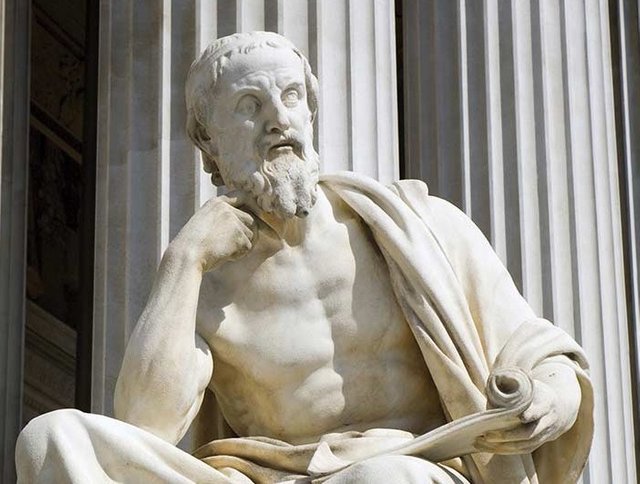
Herodutus
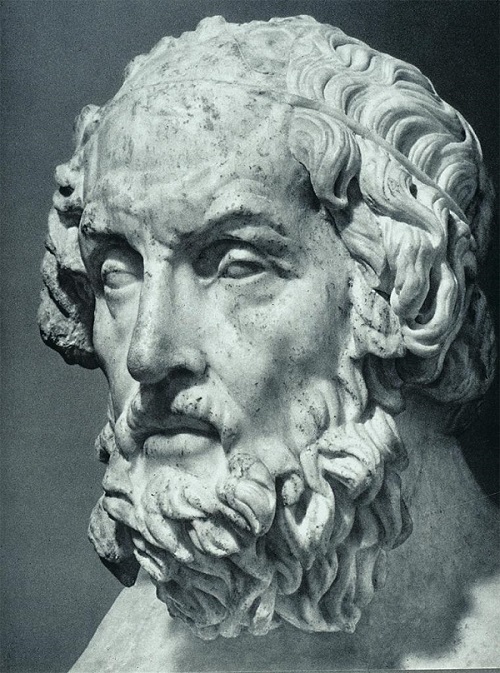
Homer
EDUCATION
Egyptian physicians were instructed in the “per ankh” or “house of life” which served as a university, library, medical school, temple and seminary. In these centres of learning, there was no sharp distinction between the fields of study; religion, philosophy, science, astronomy, mathematics, music and hieroglyphics were all part of the same species of knowledge and were reflected in one another.
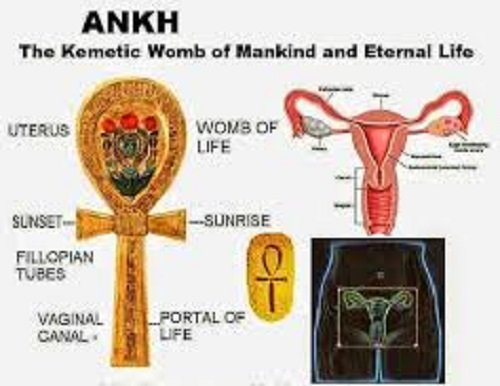
Congratulations @cornerston! You received a personal award!
Click here to view your Board
Downvoting a post can decrease pending rewards and make it less visible. Common reasons:
Submit
Congratulations @cornerston! You received a personal award!
You can view your badges on your Steem Board and compare to others on the Steem Ranking
Vote for @Steemitboard as a witness to get one more award and increased upvotes!
Downvoting a post can decrease pending rewards and make it less visible. Common reasons:
Submit